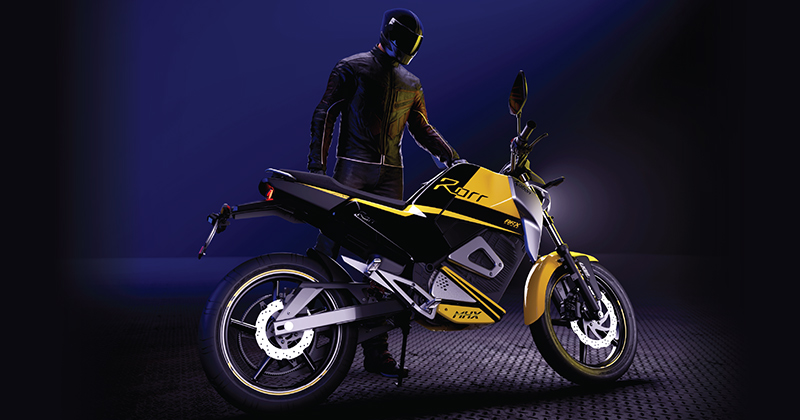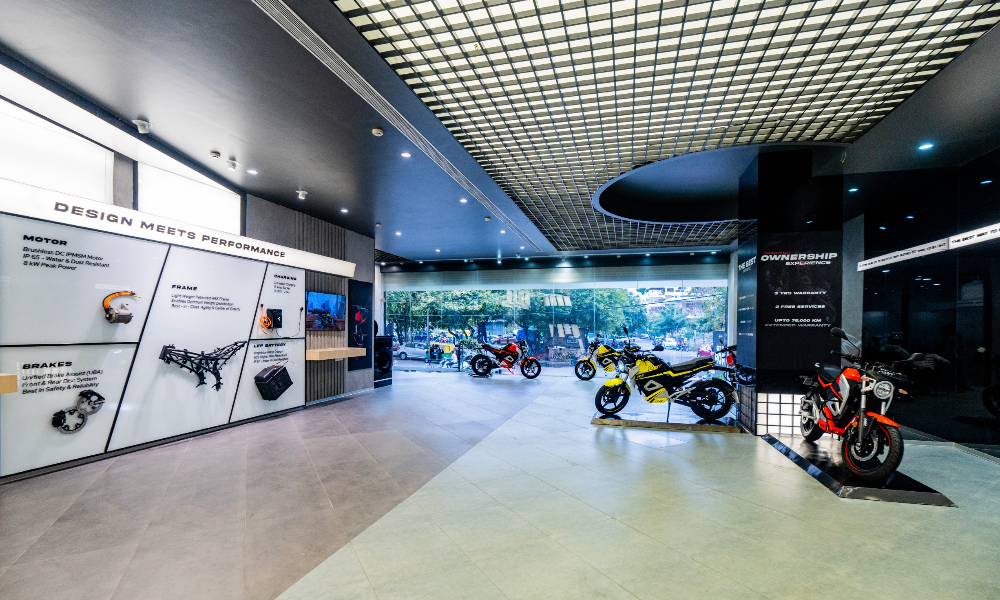- ALL
- TRENDING
- PERFORMANCE
- CHARGING
- BATTERY
- DESIGN
- TECH
- NEWS
Licence or No Licence? Demystifying E-Motorbike Licencing Requirements in India

Table of Contents
- The Classification of E-Motorbikes
- Understanding the Rules: A Deeper Dive
- Beyond the Licence: Important Regulations
E-motorbikes are growing in popularity in India, and for a good reason. These eco-friendly vehicles offer various benefits, such as zero emissions, low maintenance, and cost-effectiveness, making them an attractive option for eco-conscious riders.
If you plan to switch to e-bikes for your daily commute, it is important to understand the associated RTO (Regional Transport Office) laws and requirements. In this regard, a common question among riders looking to switch to an e-bike is: do I need a licence for an electric bike?
In this article, we explore the licencing requirements of an e-motorbike in India according to various e-bike types to help you navigate the RTO regulations.
The Classification of E-Motorbikes
In India, e-motorbikes fall into two main categories based on their motor power and speed: Low-Speed Electric Bikes (LSEBs) and High-Speed Electric Bikes (HSEBs). Understanding the differences between these categories is important for determining the appropriate e-bike licence requirements.
A. LSEBs and Licencing
Low-Speed Electric Bikes (LSEBs) are e-bikes with motors under 250 watts and a maximum speed of 25 km/h. According to current regulations, LSEBs do not require a driving licence.
B. HSEBs and Licencing
High-speed electric Bikes (HSEBs) have a motor exceeding 250 watts or a top speed over 25 km/h. Like traditional petrol two-wheelers, operating an HSEB requires a valid driving licence.
Understanding the Rules: A Deeper Dive
The Central Motor Vehicle Rules (CMVR) is India's national framework governing vehicle regulations and related activities such as vehicle specifications, registrations, permit controls, and licencing requirements. The CMVR ensures uniformity and standardisation, providing clear guidelines for manufacturers and riders in the country.
The RTO is responsible for enforcing the provisions of central motor vehicle and road safety rules and managing the vehicle database for a smooth transportation system in the country.
Licence Requirements for HSEBs
To legally ride a High-Speed Electric Bike (HSEB) in India, you must meet the following eligibility criteria:
- Minimum Age: The minimum age for obtaining a driving licence for HSEBs is typically 18 years. However, individuals between 16 and 18 can get a licence for a high-speed electric bike by undergoing specific tests.
- Required Licence Type: Depending on the specifications of the HSEB, you may need either a moped licence or a motorcycle licence. Generally, bikes with higher power and speed requirements fall under the electric motorbike licence category.
Exceptions and State Variations
While the CMVR provides a national framework, it's important to note that there may be minor variations in the implementation of these rules by individual states.
For instance, teenagers between the ages of 16 and 18 years can obtain a licence for electric scooters with engine capacity of up to 50cc by undergoing a specific test. Therefore, it is advisable to check the latest information on your state Regional Transport Office (RTO) website to ensure compliance with local regulations.
This table summarises the licence requirements for high-speed electric motorbikes and low-speed electric bikes-
You can also read: Know Your Limits: Understanding E-Motorbike Classifications and Regulations in India
Beyond the Licence: Important Regulations
In addition to licencing, there are certain regulations that you must follow to ensure legal compliance and safety on the road.
High-Speed Electric Bikes (HSEBs) must be registered with the Regional Transport Office (RTO). The registration process is mandatory and ensures the vehicle is legally recognised. During registration, you will receive a unique registration number and certificate, similar to those issued for petrol-powered vehicles.
Additionally, third-party insurance is another critical requirement for HSEBs. This insurance provides coverage against any damages or injuries caused to third parties in the event of an accident. Insuring your electric bike allows you to stay compliant and enjoy financial protection and peace of mind in unfortunate circumstances.
Finally, following all traffic rules and regulations is essential for safe and responsible riding. This includes obeying speed limits, using appropriate safety gear such as helmets, and following all road signs and signals.
In Conclusion
Understanding your e-bike's classification and complying with licencing and other regulations is crucial for a safe riding experience. If you have a High-Speed Electric Bike, you can apply for an electric motorbike licence to meet the regulatory requirements.
With e-motorbikes gaining popularity as a greener alternative to traditional vehicles, it is important to adhere to transportation laws and ensure responsible usage with proper licencing.
However, as regulations may evolve, it is essential to stay informed. Regularly check your state RTO website for the latest updates to remain compliant and enjoy a hassle-free riding experience.
Some Requires Like:
Are there special licenses or permits required for electric bike riders?
Will I need insurance and a driving license for driving Oben Rorr?
Disclaimer: This blog is for informational purposes only. Readers should consult official RTO sources for the latest regulations and requirements.




